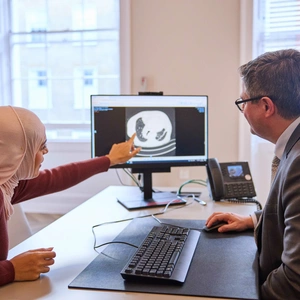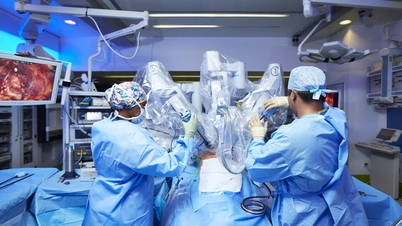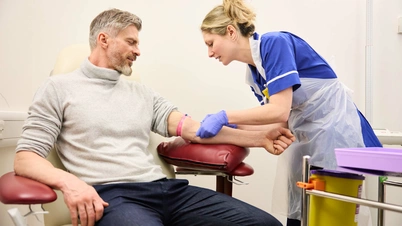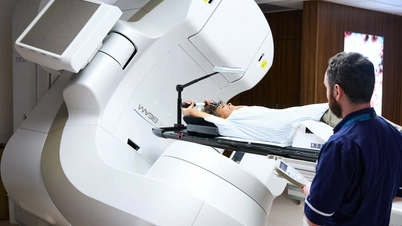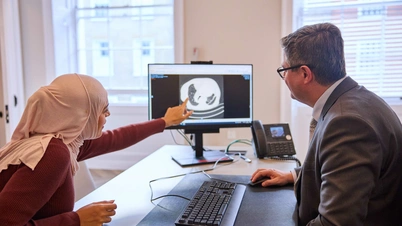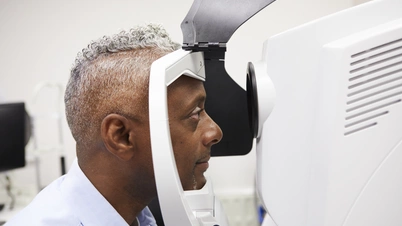Non-small cell lung cancer
Non-small cell lung cancer (NSCLC) is the most common form of lung cancer, accounting for approximately 85% of all lung cancer cases. Early diagnosis and intervention can improve outcomes.
At The London Clinic Lung Centre, our specialists provide regular screening, rapid diagnostics and personalised treatment plans using the latest advancements in care.
What is non-small cell lung cancer?
Non-small cell lung cancer develops when abnormal cells in the lungs grow and multiply rapidly.
It is a broad category of cancer that includes several subtypes, which are classified by the type of cells affected and how quickly they grow. These include:
- Adenocarcinoma – the most common subtype, which develops in the cells lining the outer parts of the lungs
- Squamous cell carcinoma – develops in the cells lining the inside of the lungs
- Large cell carcinoma – a less common type that can develop in any part of the lungs
Non-small cell lung cancer symptoms
Non-small cell lung cancer may not cause symptoms until it has spread to other parts of the body. When symptoms do appear, they can feel similar to those of other types of lung cancer or respiratory conditions.
Non-small cell lung cancer signs and symptoms include:
- A persistent cough that worsens over time
- Coughing up blood (haemoptysis)
- Discomfort or pain in your chest
- Shortness of breath or trouble breathing
- Frequent respiratory infections (e.g. bronchitis or pneumonia)
- Unexplained weight loss
- Constant tiredness
- A hoarse voice
- Wheezing
It’s important to remember that these symptoms don’t necessarily indicate non-small cell lung cancer. However, if you are experiencing any of them, it’s best to speak to a specialist as soon as possible. Early diagnosis can make a significant difference to your treatment options and outcomes.
Non-small cell lung cancer diagnosis
Non-small cell lung cancer can be identified before it has spread through regular screening using low-dose CT scans. This type of CT scan uses a much lower dose of radiation than a standard CT scan, meaning it can be used regularly to enable early diagnosis.
However, if you are experiencing symptoms of non-small cell lung cancer, your specialist may use a combination of tests to confirm a diagnosis:
- Chest X-ray – a basic scan that can help identify any abnormal masses or spots in the lungs
- Positron emission tomography (PET) or CT scans – imaging scans that can be used together to create a highly detailed image of your body’s structure and detect physiological changes that could indicate the growth of cancer cells
- An endobronchial ultrasound (EBUS) – a minimally invasive technique which uses ultrasound technology to provide real-time images of your lungs and collect tissue samples for biopsy (further testing)
- Rapid molecular diagnostics – this uses a method called next-generation sequencing (NGS) to analyse the genetic makeup of your tumour to confirm a diagnosis and enable your specialist to create a tailored treatment plan
Once the appropriate tests have been completed, our multidisciplinary team of specialists at The London Clinic Lung Centre will review the findings to develop an optimal treatment plan tailored to your needs.
What causes non-small cell lung cancer?
It’s not always clear why some people develop non-small cell lung cancer while others don’t. However, the main risk factor for this disease is a history of smoking or exposure to second-hand smoke.
Other risk factors include:
- Having a family history of lung cancer – certain inherited gene mutations can increase your risk of lung cancer, even without a history of smoking
- Occupational exposure to carcinogens – regular exposure to substances such as asbestos, tar, nickel, arsenic, chromium, beryllium or soot can raise your risk
- Environmental exposure to pollution – such as metal and mineral dust from industrial areas
- Radiation exposure – due to undergoing scans or treatments for cancer which use radiation
- Exposure to radon gas – a naturally occurring radioactive gas that comes up from rocks and soil
- Having certain respiratory conditions – for example, pulmonary fibrosis or chronic obstructive pulmonary disease (COPD)
Frequently asked questions (FAQs)
As a history of smoking is the primary risk factor for developing non-small cell lung cancer, the best way to prevent the disease is to avoid smoking altogether or quit as soon as possible.
Your non-small cell lung cancer prognosis will depend on the stage of the cancer at diagnosis.
For example, 65% of patients with early-stage non-small cell lung cancer are still alive five years after their diagnosis. However, the five-year survival rate for advanced non-small cell lung cancer is 37%.
There are a few differences between small cell lung cancer and non-small cell lung cancer:
- Growth rate – non-small cell lung cancer grows and spreads relatively slowly compared to small cell lung cancer
- Size – as the names suggest, non-small cell lung cancer cells are larger than small cell lung cancer cells
- Location – non-small cell lung cancer can develop in up to three different types of cells in various areas of the body, including the lungs. In contrast, small cell lung cancer typically develops in one type of cell in a specific area of the lung
- Frequency – non-small cell lung cancer is much more common than small cell lung cancer

